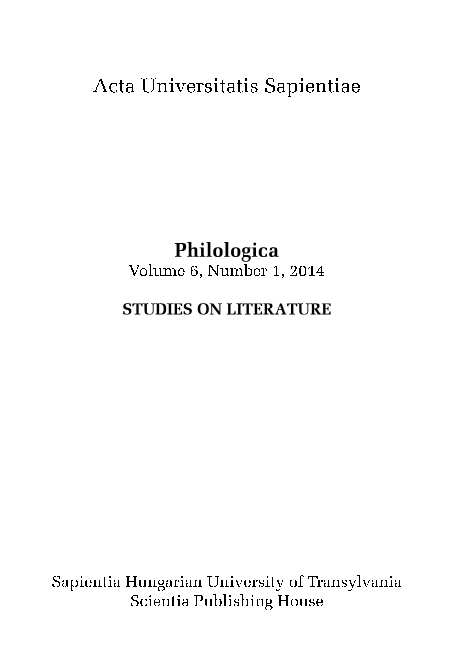The Census, Maps, and Museums, or a Way of ‘Translating’ Identity
The Census, Maps, and Museums, or a Way of ‘Translating’ Identity
Author(s): Vilma-Irén MihálySubject(s): Social Sciences
Published by: Scientia Kiadó
Keywords: identity; national images; maps; museums
Summary/Abstract: The Census, which aims at recording pieces of information about the members of the population of a country, the historical and geographical maps drawn at the orders of the government, as well as national museums, may be more than the mere sum of the collected data to be presented. Based upon Benedict Anderson’s theory, as shown in his book entitled Imagined Communities: Reflections on the Origin and Spread of Nationalism (2006), in my paper I shall try to point at the subtle ways in which official governmental institutions have tried to use the Census, maps and museums in order to shape national identity and influence the image of a nation. Quite often what one can read about the results of the Census, what one can see on a map or encounter in a museum are not objective facts, but items placed there carefully, fulfilling specific purposes. On the one hand, they target the compatriots, on the other hand, the foreigners. Could we say that what we are dealing with here is not only an act of cultural mediation, but also a specific way of ‘translating’ identity? The next couple of pages shall try to analyze the topic and find an answer to the question above by giving examples.
Journal: Acta Universitatis Sapientiae, Philologica
- Issue Year: 6/2014
- Issue No: 1
- Page Range: 35-43
- Page Count: 9
- Language: English

